The Loris is a group of small primates that live is southern Asia and India. There are 10 different species of Lorises, which researchers divide into 2 genuses.
The Loris genus contains slender Lorises, of which there are 2 species and several subspecies. The Nycticebus genus contains slow Lorises, of which there are 8 species. Read on to learn about the Loris.
Description of the Loris
Though there are several different species of Lorises, they are quite similar in shape and size. Their faces are round, their eyes are large, and they have colored patches of fur around their eyes. Unlike monkeys, they do not have long tails, but they do have a short stub of a tail.
They aren’t nearly as lanky and long legged as other primates. Most species are around 10 inches long, though some species are larger or smaller than others.
Interesting Facts About the Loris
Of the 10 different species of Lorises, the IUCN lists 1 species as critically endangered, 1 species as endangered, 4 species as vulnerable, 1 species as least concern, and has not yet evaluated the 3 other species. Learn about the most threatened Lorises below.
- Javan Slow Loris – This species of slow Loris lives in Indonesia, specifically on the island of Java. The IUCN lists this species as Critically Endangered and declining. Researchers believe that there are only a handful of this species left. Their primary dangers are the pet trade, hunting, and habitat destruction.
- Red Slender Loris – The red slender Loris lives in Sri Lanka. Their range extends only through one small expanse of rainforest. The IUCN lists them as Endangered, and researchers believe that there are fewer than 2,000 individuals left. Because they live in the rainforest, the continued habitat destruction for logging, farming, and urbanization has severely impacted this species.
- Bengal Slow Loris – Bengal slow Lorises have a relatively extensive range, and their populations live throughout Southeast Asia. However, the IUCN still lists this species as Vulnerable to extinction. Like all Lorises, their slow movement makes them easy to capture.
- Sunda Slow Loris – The Sunda slow Loris, or greater slow Loris, lives in Indonesia, Thailand, and Malaysia. Like most Lorises, their favorite habitat is rainforest, which makes them vulnerable to habitat destruction. Because of this, the IUCN lists this species as Vulnerable.
Habitat of the Loris
Each species of Loris has different habitat preferences, but for the most part rainforest is a favorite. Depending on the species, they live in both tropical regions with high rainfall, and subtropical regions with less rainfall.
Some species also live in agricultural areas, like plantations. The forests that they choose include evergreen and deciduous forests.
Distribution of the Loris
The range of these creatures varies from species to species. Generally, Lorises live throughout Southeast Asia and the surrounding islands.
Some species live only in a single tiny area, or on a single island. Other species have wider distributions, and live across several countries. Even those species with wider distributions continue to suffer from human impact.
Diet of the Loris
Loris diet is mostly herbivorous, though some species are omnivores and feed on both plants and animals. They eat a variety of plant matter, including leaves, flowers, fruits, berries, and more.
Some species feed on slugs, lizards, bird eggs, and invertebrates. The diet of a particular species depends on the region and availability. Some species feed on only a few types of plants, while others are generalists.
Loris and Human Interaction
Humans are quite detrimental to Lorises. In fact, the IUCN recognizes more than half of known Loris species as threatened with extinction. The populations of most species are declining, and humans are the primary cause.
Capture for the exotic pet trade is a serious threat, followed closely by hunting, and habitat destruction. Lorises are slow animals, making them easy to capture for the pet trade, food, or traditional medicines.
Domestication
Humans have not domesticated Lorises in any way.
Does the Loris Make a Good Pet
No, Lorises do not make good pets. Lorises are not naturally friendly, they have specific dietary needs, and their veterinary care is expensive. They are wild animals, and the pet trade is severely depleting their populations. Because of this, it is illegal to own a Loris as a pet in most places.
Loris Care
In zoos, Lorises live in densely vegetated enclosures. Their habitats have a variety of hiding places and climbing opportunities, with many different plants for the Lorises to feed on. Zookeepers feed them a variety of fruits and vegetables, insects, pelleted insectivore feed, and more, depending on the species.
All Lorises in zoos are important ambassadors for their species. Zoos breed the Lorises based on their genetic diversity, this breeding program, known as a Species Survival Plan, helps ensure there are enough Lorises in zoos to repopulate their natural habitat.
Behavior of the Loris
Lorises are arboreal, and spend most of their time in the trees. Social behavior varies from species to species. Some species live in small family groups, but forage alone.
Those that live together generally only congregate during the day while they sleep. All species are active at night, or nocturnal. During the breeding season, females are more likely to breed with males in their roost, or sleeping area.
Reproduction of the Loris
Breeding strategies, gestation periods, and infant care varies from species to species. Most species have a gestation period around six months long, and they give birth to one or two babies. Mother Lorises carry their babies until they are about three months old. Young Lorises cannot breed until they are about two years old.

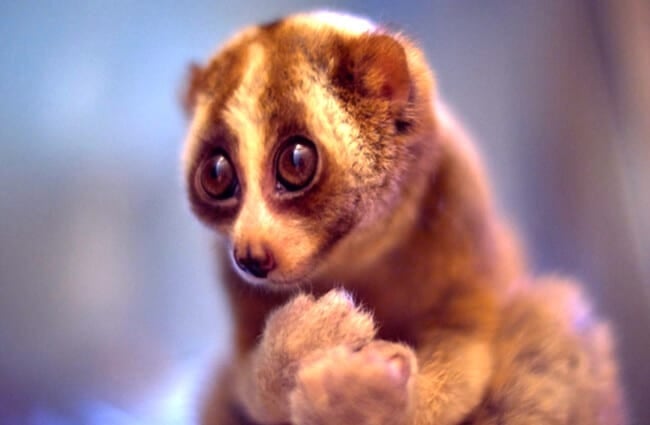
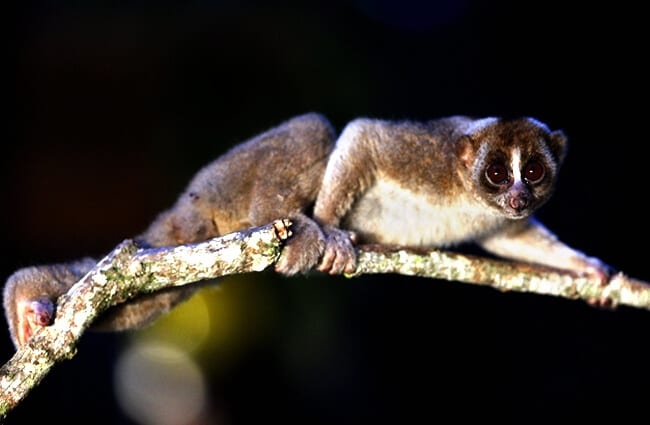

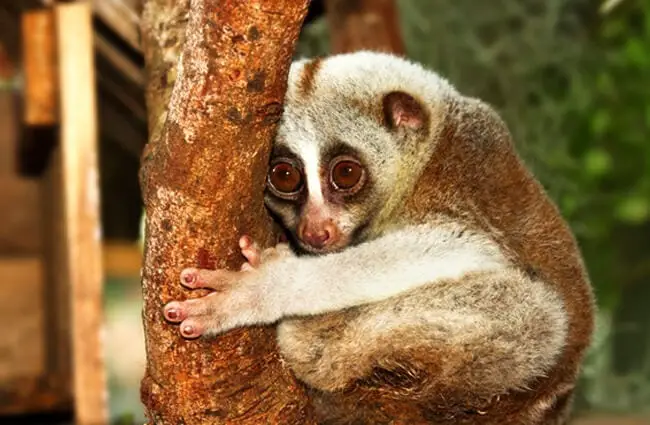
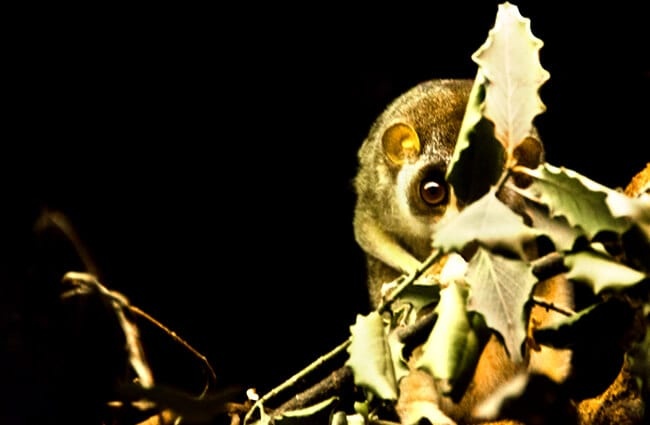



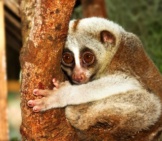

![Red Angus Closeup of a beautiful Red Angus cowPhoto by: U.S. Department of Agriculture [pubic domain]https://creativecommons.org/licenses/by/2.0/](https://animals.net/wp-content/uploads/2020/03/Red-Angus-4-238x178.jpg)












![Red Angus Closeup of a beautiful Red Angus cowPhoto by: U.S. Department of Agriculture [pubic domain]https://creativecommons.org/licenses/by/2.0/](https://animals.net/wp-content/uploads/2020/03/Red-Angus-4-100x75.jpg)

